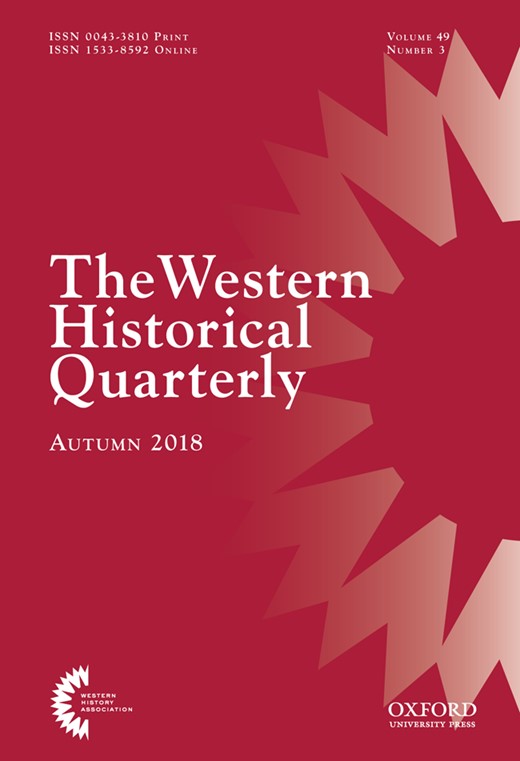-
Views
-
Cite
Cite
Kevin Whalen, Beyond School Walls: Indigenous Mobility at Sherman Institute, Western Historical Quarterly, Volume 49, Issue 3, Autumn 2018, Pages 275–297, https://doi.org/10.1093/whq/why035
Close - Share Icon Share
Abstract
This article examines the centrality of mobility within student experiences at Sherman Institute, a federal Indian boarding school in Riverside, California. Archival information and autobiographical accounts show that during the early twentieth century, students at Sherman moved between their campus and surrounding cities and towns to work odd jobs, take classes at local colleges and universities, and socialize. Narratives from beyond the walls of Sherman Institute join a growing chorus of scholarly voices that push back against popular and scholarly depictions of Indigenous people during the so called Reservation Era, which have often painted Native communities as isolated within the confines of boarding schools and reservations, frozen in time and space. I argue that Native people at Sherman Institute and elsewhere made mobility a central component of their lives and cultures as they faced head-on the challenges of life at a boarding school. Exploration of this student mobility reveals new layers of Indigenous agency within boarding school experiences and exposes yet-unexplored forms of neglect by administrators who failed to protect students from the dangers they experienced beyond the walls of Sherman Institute.





